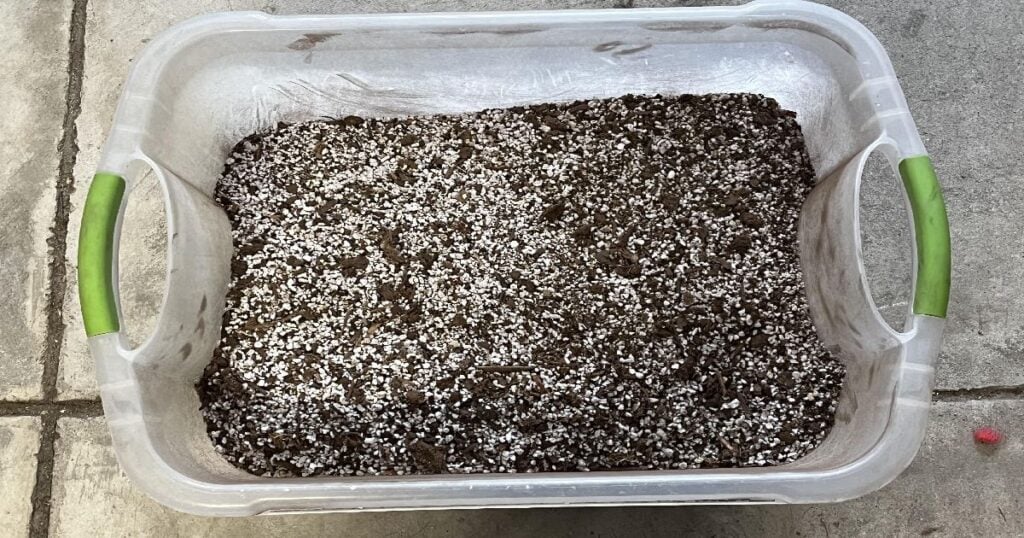
As the final full month of winter in the northern hemisphere, February can seem like a quiet time for gardeners. However, this month offers a unique window for preparation and early planting that can set the stage for a vibrant and productive gardening season. Here’s a general guide on what to do in your garden during February, followed by specific tasks tailored to various USDA zones.
General Advice for February Gardening
1. Planning: February is the perfect time to plan your garden layout and decide which new plants or vegetables you want to introduce. Review seed catalogs, and start ordering seeds and gardening supplies.
2. Maintenance: Clean and sharpen your gardening tools, repair fences and trellises, and tidy up garden beds. Removing weeds and debris will minimize pests and diseases as the weather warms.
3. Soil Preparation: Test your soil’s pH and nutrient levels. Adding compost or other organic matter can improve soil structure and fertility, preparing your garden beds for planting.
4. Pruning: Late winter is ideal for pruning many deciduous trees and shrubs. It’s easier to see the structure of the plants without leaves, and wounds heal faster without the stress of full growth.
5. Starting Seeds Indoors: Some plants need a head start before the last frost. Begin sowing seeds indoors for flowers and vegetables that have a long growing season.
USDA Zone-Specific Gardening Tasks
Zone 3-4:
- Inspect Storage: Check on stored bulbs and tubers (like dahlias and cannas) for rot or desiccation.
- Plan for Snow: Keep snow from accumulating on evergreens and structures to prevent damage.
- Order Seeds: It’s your last chance to order seeds for spring planting.
Zone 5-6:
- Prune Fruit Trees: Before buds begin to swell, prune fruit trees to encourage healthy growth and fruit production.
- Start Seeds Indoors: Begin sowing seeds for tomatoes, peppers, and other warm-season crops indoors.
- Winter Sowing: Consider winter sowing for hardy perennials and annuals that require cold stratification.
Zone 7-8:
- Plant Bare-Root Trees and Shrubs: Early in the month, plant bare-root fruit trees, roses, and shrubs.
- Prepare Vegetable Beds: Turn over your vegetable beds and incorporate compost in preparation for early spring planting.
- Sow Hardy Vegetables: Plant seeds of hardy vegetables directly in the garden, such as peas, spinach, and kale.
Zone 9-10:
- Plant Citrus and Avocado Trees: Take advantage of the mild weather to plant citrus trees and avocado.
- Sow Summer Vegetables: Start sowing seeds for summer vegetables like tomatoes, peppers, and eggplant indoors.
- Maintenance and Mulching: Clean up fallen leaves and apply a fresh layer of mulch to conserve moisture and suppress weeds.
February might still feel like winter, but it’s an important time for gardeners to prepare for the spring. By following these general and zone-specific tasks, you can ensure your garden is poised for a successful and rewarding year. Whether you’re pruning dormant trees, planning your vegetable plots, or starting seeds indoors, each task brings you closer to a flourishing garden.

